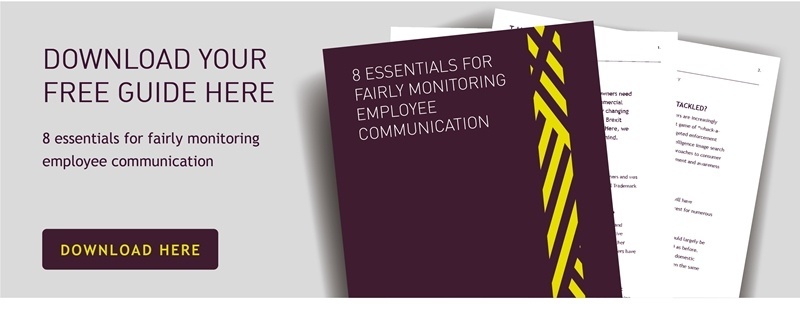As you know, the Working Time Regulations (WTR) introduced rules limiting working hours and providing for rest breaks and holidays. Employers’ obligations include giving workers "adequate" rest breaks where their pattern of work places their health and safety at risk, and allowing workers the following rest periods unless they are exempt (in which case compensatory rest will usually have to be given):
- 11 hours' uninterrupted rest per day;
- 24 hours' uninterrupted rest per week (or 48 hours' uninterrupted rest per fortnight); and
- a rest break of 20 minutes when working more than six hours per day.
Workers falling within a number of “special cases” under regulation 21 of the WTR (e.g. where the worker’s activities involve the need for continuity of service or production), are excluded from the entitlement to a rest break. However, in such cases, the WTR states that:
- their employer shall wherever possible allow them to take an equivalent period of compensatory rest; and
- in exceptional circumstances where it is not possible to grant such a period of rest, their employer shall afford them such protection as may be appropriate to safeguard their health and safety.
Compensatory rest break must be a single continuous period of at least 20 minutes
In the recent case of Crawford v Network Rail Infrastructure Ltd, the Employment Appeal Tribunal (EAT) considered whether a railway signalman had been given adequate compensatory rest when he was permitted to take a series of short breaks while remaining ‘on call’.
The signalman worked alone, providing cover at various signal boxes. The requirements of his job meant that he was unable to take a continuous break of 20 minutes at any time. He was allowed to take short breaks between periods of demand, but he would remain on call during these breaks.
The EAT held that, as a ‘special case’ worker, the signalman was excluded from the normal entitlement to rest breaks under the WTR, but he was entitled to an ‘equivalent period of compensatory rest’. Although being on call did not nullify the rest period, the compensatory rest must amount to a break from work that lasts at least 20 minutes. Allowing him to take a number of shorter breaks throughout his eight-hour shift, which added up to substantially more than 20 minutes, was not compliant.
This case highlights that while there are differences between a ‘rest break’ and ‘compensatory rest’ (in that a person can be on call during compensatory rest but not during a rest break), the essential element crucial to both is that the worker must have an uninterrupted single period of at least 20 minutes’ rest.
Weekly rest periods may be given at any time in a seven-day period
In Marques da Rosa v Varzim Sol - Turismo, Jogo e Animacao SA, Mr Marques da Rosa worked in a casino, which opened seven days a week. In 2008 and 2009, he occasionally worked for seven consecutive days due to a rotating work schedule. From 2010, the casino altered the schedule so that its employees worked no more than six consecutive days.
Following the termination of his employment, Mr Marques da Rosa claimed that he had been denied his weekly rest periods.
The Portuguese court asked the European Court of Justice (ECJ) whether the right (under the Working Time Directive (WTD)) to an uninterrupted rest period of 24 hours ‘per each seven-day period’ should be interpreted as meaningthe 24-hour rest period must be granted at the latest on the seventh day following six consecutive working days, or whether the employer has discretion to grant the weekly rest period when they feel like it.
The ECJ stated that the WTD should be interpreted as requiring a weekly rest period to be granted at some point during each seven-day period. Therefore, a worker could work up to 12 consecutive days if the weekly rest periods were granted on the first day of the first seven-day period and the last day of the following seven-day period.
The ECJ pointed out that workers may also benefit from the increased flexibility its interpretation allows employers, as it would enable them to have consecutive rest days at the end of one reference period and at the start of the next.
In summary…
The ECJ’s interpretation potentially gives employers greater flexibility when determining shift patterns, and may also have implications for the right to fortnightly rest periods. This decision could mean a worker in the UK, who does not fall into any special categories under the WTR, could be obliged to work for 24 consecutive days with rest periods either side, provided that this does not breach their employment contract or any collective agreement.
However, employers should hold fire before relying on this decision in relation to fortnightly rest periods. Given that one of the main objectives of the WTD is to protect health and safety, it is possible that if a case on this issue were to be brought, a different decision may be reached.

